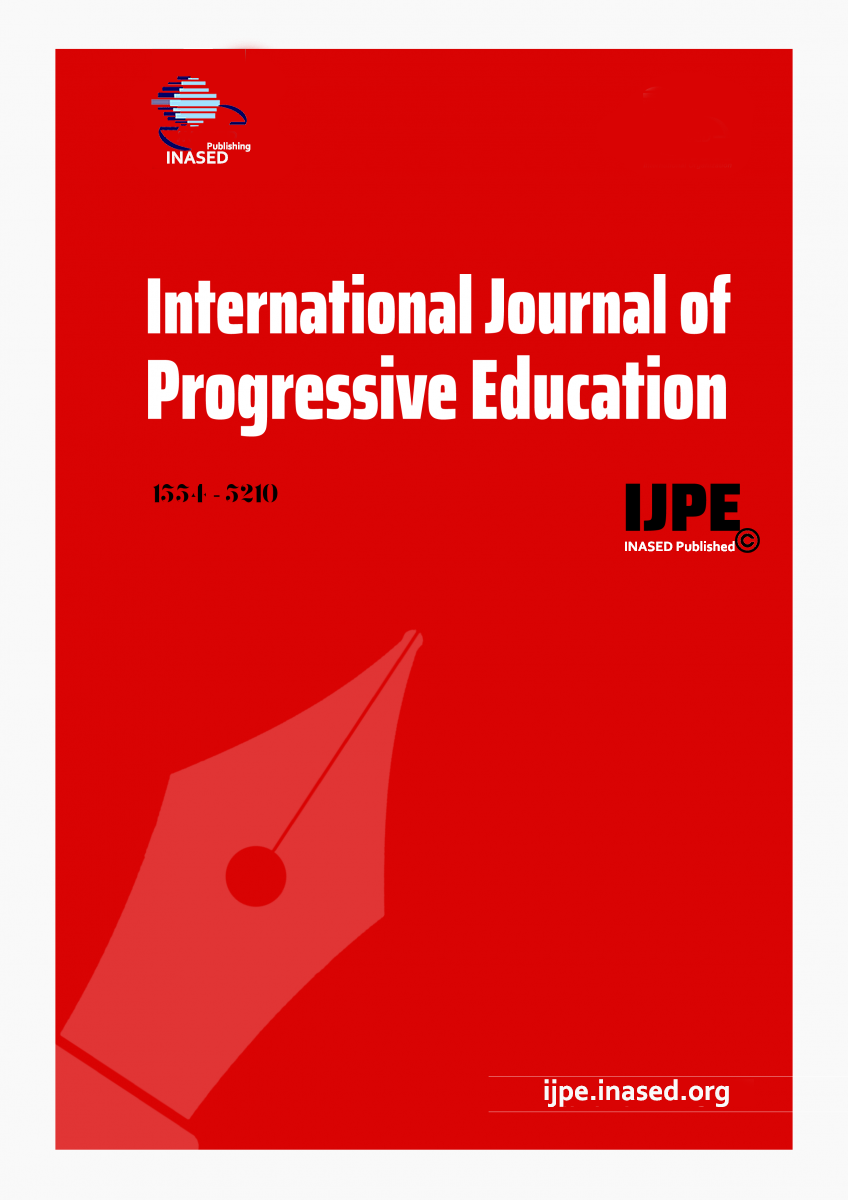- Alarcón, J. D., & Bettez, S. C. (2022). Critical community building in teacher education: Rethinking classroom management. School Community Journal, 31(2), 267-291. [Google Scholar]
- Allen, J., Gregory, A., Mikami, A., Lun, J., Hamre, B., & Pianta, R. (2013). Observations of effective teacher-student interactions in secondary school classrooms: Predicting student achievement with the Classroom Assessment Scoring System-Secondary. School Psychology Review, 42(1), 76-98. https://doi.org/10.1080/02796015.2013.12087492 [Google Scholar] [Crossref]
- Balkus, B. (2006). An advocate for every student at Millard Central Middle School. Middle School Journal, 38(2), 4-12. http://www.jstor.org.ezproxy2.library.drexel.edu/stable/23024541 [Google Scholar]
- Booker, K. (2021). Rules without relationships lead to rebellion: Secondary teachers and school belonging. School Community Journal, 31(1), 65-84. [Google Scholar]
- Carlisle, M. (2011). Healthy relationships and building developmental assets in middle school students. Canadian Journal of Education/Revue canadienne de l'éducation, 34(3), 18-32. [Google Scholar]
- Connell, J. P., & Wellborn, J. G. (1991). Competence, autonomy, and relatedness: A motivational analysis of self-system processes. In M. Gunnar & L. A. Sroufe (Eds.), Self processes in development: Minnesota symposium on child psychology (Vol. 23, pp. 35). Erlbaum. [Google Scholar]
- Creswell, J. (2012). Educational Research: Planning, conducting, and evaluating quantitative and qualitative research (Vol. 4th). Pearson. [Google Scholar]
- Cunitz, D., Narva, S., Zeleznik, G. (2011). Progressive education: The advisory program. Crefeld Publishing. [Google Scholar]
- Diehl, D. K. (2019). Teacher Professional Learning Communities and Institutional Complexity: Negotiating Tensions between Institutional Logics. Sociological Spectrum, 39(1), 1-19. https://doi.org/10.1080/02732173.2018.1564099 [Google Scholar] [Crossref]
- Finn, J., & Zimmer, K. (2012). Student engagement: What is it? Why does it matter? In S. Christenson, Reschly, A., Wylie, C. (Ed.), Handbook of research on student engagement (pp. 97-132). Springer. [Google Scholar]
- AUTHOR. (2017). Trusted to teach: An ethnographic account of 'artisanal teachers' in a trogressive high school. Drexel University. [Google Scholar]
- AUTHOR. (2019). Restoring school safety through restoring relationships. ASCD Express, 15(4). https://www.ascd.org/el/articles/a-case-study-on-conflict-restoring-safety-in-student-relationships [Google Scholar]
- Gold, R. (1958). Roles in sociological field observations. Social Forces, 36(3), 217-223. [Google Scholar]
- Grolnick, W. S., & Pomerantz, E. M. (2022). Should parents be involved in their children’s schooling? Theory into Practice, 61(3), 325-335. [Google Scholar]
- Hafen, C. A., Hamre, B. K., Allen, J. P., Bell, C. A., Gitomer, D. H., & Pianta, R. C. (2015). Teaching through interactions in decondary school classrooms: Revisiting the factor structure and practical application of the Classroom Assessment Scoring System–Secondary. The Journal of Early Adolescence, 35(5-6), 651-680. https://doi.org/10.1177/0272431614537117 [Google Scholar] [Crossref]
- Hamre, B. K., Pianta, R. C., Downer, J. T., DeCoster, J., Mashburn, A. J., Jones, S. M., Brown, J. L., Cappella, E., Atkins, M., Rivers, S. E., Brackett, M. A., & Hamagami, A. (2013). Teaching through interactions: Testing a developmental framework of teacher effectiveness in over 4,000 classrooms. The Elementary School Journal, 113(4), 461-487. https://doi.org/10.1086/669616 [Google Scholar] [Crossref]
- Johnson, B. (2009). Linchpins or lost time: Creating effective advisories. Horace, 25, n2. [Google Scholar]
- Johnson, L. (2009). School contexts and student belonging: A mixed methods study of an innovative high school. School Community Journal, 19(1), 99-118. [Google Scholar]
- Keyes, T. S. (2019). A qualitative inquiry: Factors that promote classroom belonging and engagement among high school students. School Community Journal, 29(1), 171-200. [Google Scholar]
- Lamborn, S., Newmann, F., & Wehlage, G. (1992). The significance and sources of student engagement. Student Engagement and Achievement in American Secondary Schools, 11-39. [Google Scholar]
- Maxwell, J. (2013). Qualitative research design: An interactive approach (3rd ed.). SAGE. [Google Scholar]
- McKechnie, L. (2008). Participant observation. In L. Given (Ed.), The SAGE encyclopedia of qualitative research methods (pp. 599-600). SAGE. [Google Scholar]
- Phillippo, K. (2010). Teachers providing social and emotional support: A study of advisor role enactment in small high schools. Teachers College Record, 112(8), 2258-2293. [Google Scholar]
- Phillippo, K., & Blosser, A. (2017). Stable roles, changed skills: Teacher candidate responses to instruction about adolescent psychosocial support practices. Advances in School Mental Health Promotion, 10(1), 5-25. [Google Scholar]
- Phillippo, K., Brown, E. L., & Blosser, A. (2018). Making sense of student–teacher relationships: Teacher educator and candidate engagement with the relational practices of teaching. Action in Teacher Education, 40(2), 169-185. [Google Scholar]
- Phillippo, K. L., & Stone, S. (2013). Teacher role breadth and its relationship to student-reported teacher support. The High School Journal, 96(4), 358-379. http://www.jstor.org.ezproxy2.library.drexel.edu/stable/43281200 [Google Scholar]
- Read, S. (2013). The educators and the curriculum: Stories of progressive education in the 21st century [Article]. International Journal of Progressive Education, 9(3), 107-123. [Google Scholar]
- Shulkind, S. B., & Foote, J. (2009). Creating a culture of connectedness through middle school advisory programs. Middle School Journal, 41(1), 20-27. [Google Scholar]
- Skinner, E., & Pitzer, J. (2012). Developmental dynamics of student engagement, coping, and everyday resilience. In S. Christenson, Reschly, A., Wylie, C. (Ed.), Handbook of research on student engagement (pp. 21-44). Springer. [Google Scholar]
- Torres, C. (2021). Rediscovering Relationship-Based Learning. Educational Leadership, 79(1), 56-58. [Google Scholar]
- Wang, M.-T., Degol, J. L., Amemiya, J., Parr, A., & Guo, J. (2020). Classroom climate and children’s academic and psychological wellbeing: A systematic review and meta-analysis. Developmental Review, 57, 100912. [Google Scholar]
- Wang, M.-T., & Eccles, J. S. (2013). School context, achievement motivation, and academic engagement: A longitudinal study of school engagement using a multidimensional perspective. Learning and Instruction, 28, 12-23. [Google Scholar]
- Wolcott, H. (2008). Ethnography: A way of seeing (2nd ed.). AltaMira Press. [Google Scholar]
- Yee Mikami, A., Gregory, A., Allen, J. P., Pianta, R. C., & Lun, J. (2011). Effects of a teacher professional development intervention on peer relationships in secondary classrooms. School Psychology Review, 40(3), 367-385. https://doi.org/10.1080/02796015.2011.12087704 [Google Scholar] [Crossref]
|


